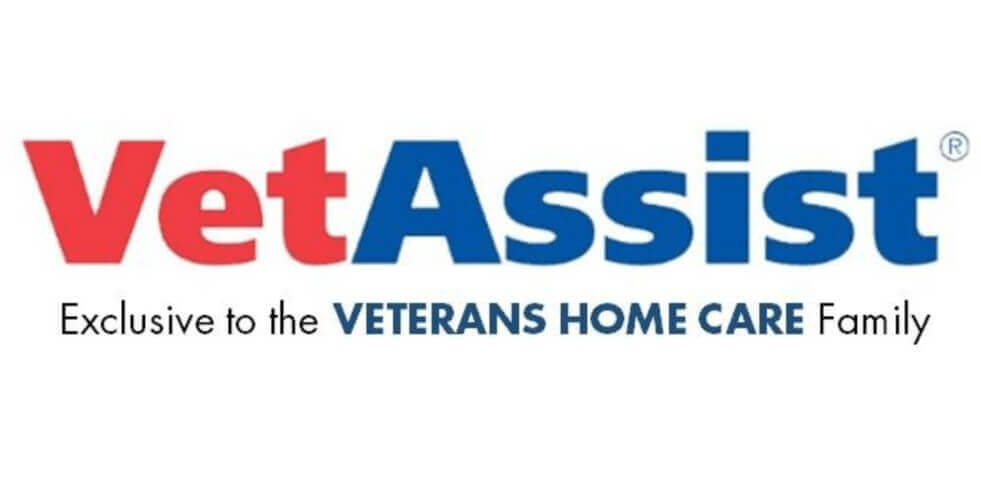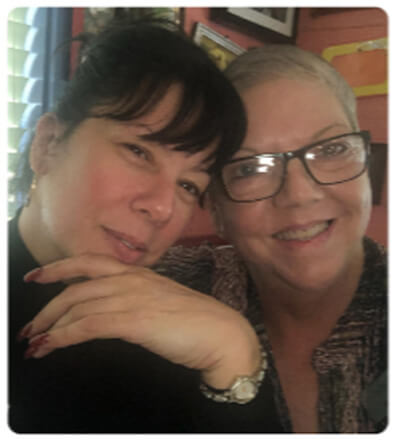Signs of Aging Eyes: An Overview of Elderly Vision Care
Eyesight changes and eye problems are a common challenge faced by elderly individuals who want to age in place. With age-related eye conditions come greater safety risks and more difficulty carrying out daily tasks.
Older adults and their caregivers should know about these age-related vision changes, eye-aging signs, and senior vision care tips to stave off more severe problems and maintain higher quality of life.
Vision and Aging
According to the National Institute on Aging, one of the most common eye conditions in the elderly is losing close-up vision (also known as presbyopia or farsightedness). In the latter half of life, reading becomes more difficult, particularly reading small print. This impacts our ability to read food labels, medication packaging, and even our mail.
Another age-related impact is the reduced ability to distinguish certain colors, especially dark ones. Coupled with a slower eye adjustment to changing light levels, this can increase the risk of tripping and falling. It also makes driving at night difficult or impossible.
Many elderly people have reduced tear duct function, leading to dry eyes. This is more common in women than in men and can feel uncomfortable.
In addition to these vision changes with age, there are certain common eye diseases in elderly patients that require more intensive medical care, including:
- Age-related macular degeneration (AMD), where vision becomes blurred or fuzzy due to retinal damage. This often has a genetic component and can be slowed down if caught early.
- Cataracts, which are cloudy clumps of proteins that collect on the lens of your eye. These are very common in adults over age 75 and often successfully addressed with surgery.
- Glaucoma, where a buildup of fluid causes pressure that damages the optic nerve. This can lead to vision loss and even blindness, but several treatments exist that are more effective when started early.
Seniors with diabetes are also at higher risk for vision loss due to eye blood vessel damage.
Retinal detachment is a less common but severe eye problem which requires immediate attention. Early signs of this condition include seeing flashes or increased eye “floaters,” as well as darkened peripheral (side) vision. Seniors should also seek medical attention for double vision, suddenly blurred vision, eye pain, or swollen, red eyes or eyelids.
Aging Eyes and Overall Health
Surprisingly, eye exams are not just for eye health. While it’s very important to track eye and vision changes, eye exams also catch high cholesterol and high blood pressure very early. Your optometrist or ophthalmologist can see signs of vitamin deficiencies, medication side effects, diabetes, aneurysm, stroke, heart disease, certain cancers, and several autoimmune diseases—among the most common maladies in seniors—by examining your eyes.
An important connection exists between dementia and eyesight problems, as those with impaired vision have a significantly higher risk of developing memory issues and cognitive decline. These issues extend to language, attention, and visuospatial abilities. While researchers are not yet sure which comes first—vision loss or cognitive decline—there is a strong, well-documented trend where they occur together. Therefore, early detection of vision problems can spur doctors to track memory and cognitive health.
Interventions for Elderly Eyesight Problems
The best thing a senior can do to protect their vision and overall health is to have an eye exam every 1-2 years. A medical professional knows how to care for aging eye health and how to detect early signs of both eye and other problems. If you are caring for an aging loved one who is hesitant to seek care, approach them with curiosity, kindness, and empathy while emphasizing that exams and early treatment are practical and effective in preventing more disruptive changes to their life. (For related tips on broaching the topic of seeking help, read more here.)
Many everyday senior eye problems can be remedied with simple interventions like glasses, magnifiers, high contrast colors in rooms like the kitchen and bathroom, and more thoughtful lighting around the home. Curtains and matte finishes around the house can reduce glare, which is harsher on older eyes. Fall hazards can be mitigated; secure rugs that slip or blend with the floor, paint or put bright tape on steps that are easy to miss, and consider stability bars or assistive walking devices if necessary. An occupational therapist can be a huge help for making home safer when dealing with vision loss. The goal of these strategies is to help the senior maintain their independence, which results in better mental health and happiness.
Conditions such as dry eye and glaucoma may be treated with prescribed eye drops. These and any related medications or supplements must be taken regularly as directed (digital reminders such as a phone alert or voice assistant can help set routines). Your eye doctor can provide advice on surgeries and other interventions as needed; because they are tracking progress on any conditions, they will be able to advise on timing and type.
Overall healthcare and wellness support eye health, so eating well, staying hydrated, getting enough sleep, and getting appropriate regular exercise should all be considered, alongside quitting smoking and not drinking alcohol.
Regular eye exams and early detection of problems can help your senior loved one maintain more independence and better quality of life. If your loved one needs home care, our VetAssist mission is to make home care easily and quickly accessible for those who qualify through the VA Pension with Aid and Attendance benefit. Veterans Home Care can help you determine whether you or your loved one will be eligible to receive the benefit, which can cover some or all of the cost of home care, and we make it easy to apply. Chat with us via our website, or call us at (888) 314-6075.















